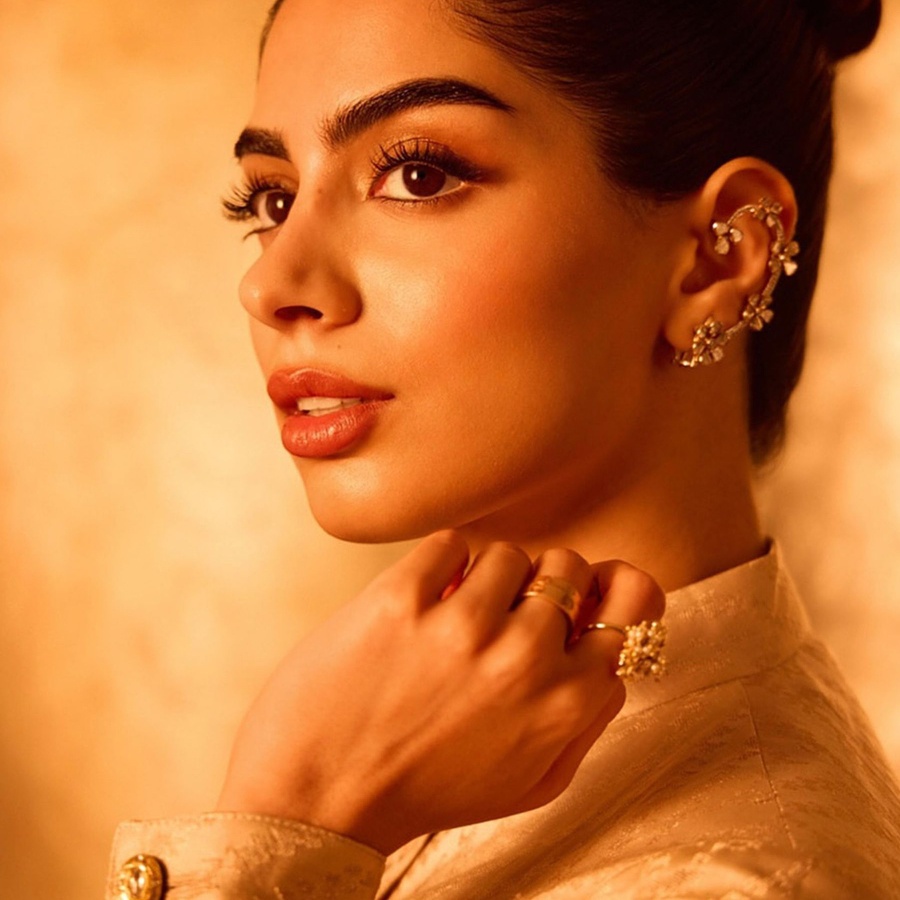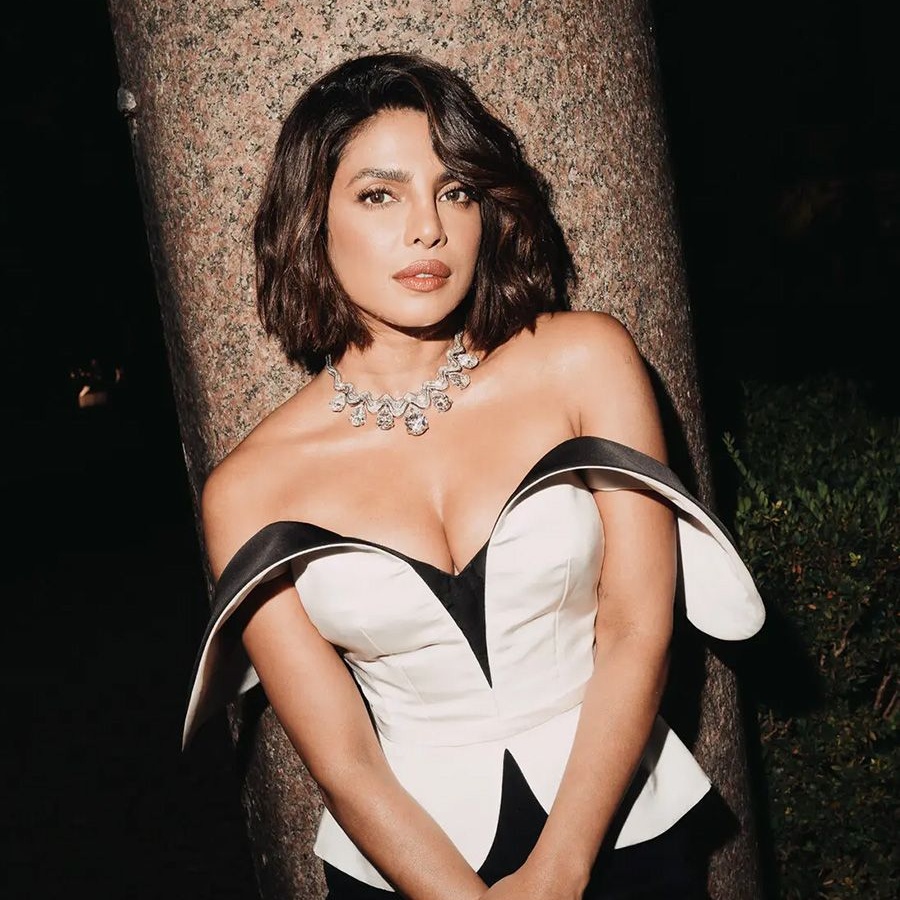In beauty, too, gourmand fragrances and jelly-textured products are on the rise, or so a newsletter by consumer trend and data intelligence platform Spate reports. Interest in this category of fragrances—that typically feature synthetic notes of honey, chocolate, vanilla, or candy—is growing at a rate of 77.5 per cent year on year, with an average of 4.2 thousand monthly searches. But it’s not just our bodies that we want to smell like food, it’s our homes and surroundings as well. According to Spate’s latest Q2 Trends report, which analyses the top trends driving the conversation on TikTok, ‘tomato candle’ has seen a 2,115.7 per cent quarter-over-quarter growth in views. Tomato-girl summer may be over, but Loewe’s Tomato Leaves range is still a fan favourite. Which brings us to the question: why are fashion and fashion-adjacent industries so obsessed with food right now?
In a recent collaboration with Lays, Huemn released several sweatshirts, bodysuits, and shirts with a potato chip print. Pranav Misra, founder of Huemn, says he was drawn to working with the potato chip maker because of its vast footprint and his desire to tap into the nostalgia the brand could provide. “Food and fashion are everyday phenomena. We were curious to make something interesting for our audience and educate a new section of society about our brand. Every time I have Pepsi or Lays, it’s like a Proustian moment. They’re products I’ve grown up having, so I get transported every time I have a classic Lays flavour,” he explains.
The collaboration was launched with a marketing activity in select grocery stores, where limited-edition Lays X Huemn packets with merchandise were hidden in the aisles for customers to chance upon. “I’m really excited and happy about the fact that someone who doesn’t know us at all walked into a shop to buy chips and discovered a bag with our t-shirt in it,” he adds.
It’s ironic to note that fashion’s preoccupation with gustatory delights coincides with the age of rampant Ozempic use, celebrities getting buccal fat removal, and the incremental decrease in total size inclusivity across the runways as noted in Vogue Business’s AW24 size inclusivity report. Is it a mere coincidence that we’re thinking about nourishment and sustenance while continuing to be obsessed with thinness? Are we substituting real food with things we wear and spray our homes with? Can hunger be cheated?
While you might feel hungry when you smell a batch of freshly baked cookies or walk by a Cinnabon store, a 2019 study published in the Journal of Research Marketing revealed that prolonged exposure to the scent of an indulgent food can diminish the desire for actual consumption. In other words, if you constantly smell something you’re craving for more than two minutes, there’s a good chance your craving is curbed as the pleasure processed in the brain from the scent is as good as the satisfaction you get by eating it. Seeing visuals of food also offers people opportunities to indulge in ‘vicarious gluttony’, or the chance to enjoy their favourite treats without any of the guilt.
Misra reminds me of the cyclical nature of fashion and art: “As far as topics of size diversity or even sustainability is concerned, these are dialogues that begin and take place in closed rooms. Lots of ideas live on the surface for a certain while, but don’t travel beyond. There’s a lot of work to be done, but there are brands whose foundations are built on these principles, including ours.”
All of this considered, one fact holds true: food and fashion are daily necessities and the relationship between the two will continue to evolve. While you may not want to eat a plate of spaghetti, perhaps a sautéed garlic-scented aglio candle or D.S. & Durga’s Pasta Water candle may be of interest? Or a Bottega Veneta bag that looks like a humongous tangerine? Just kidding...or not.







